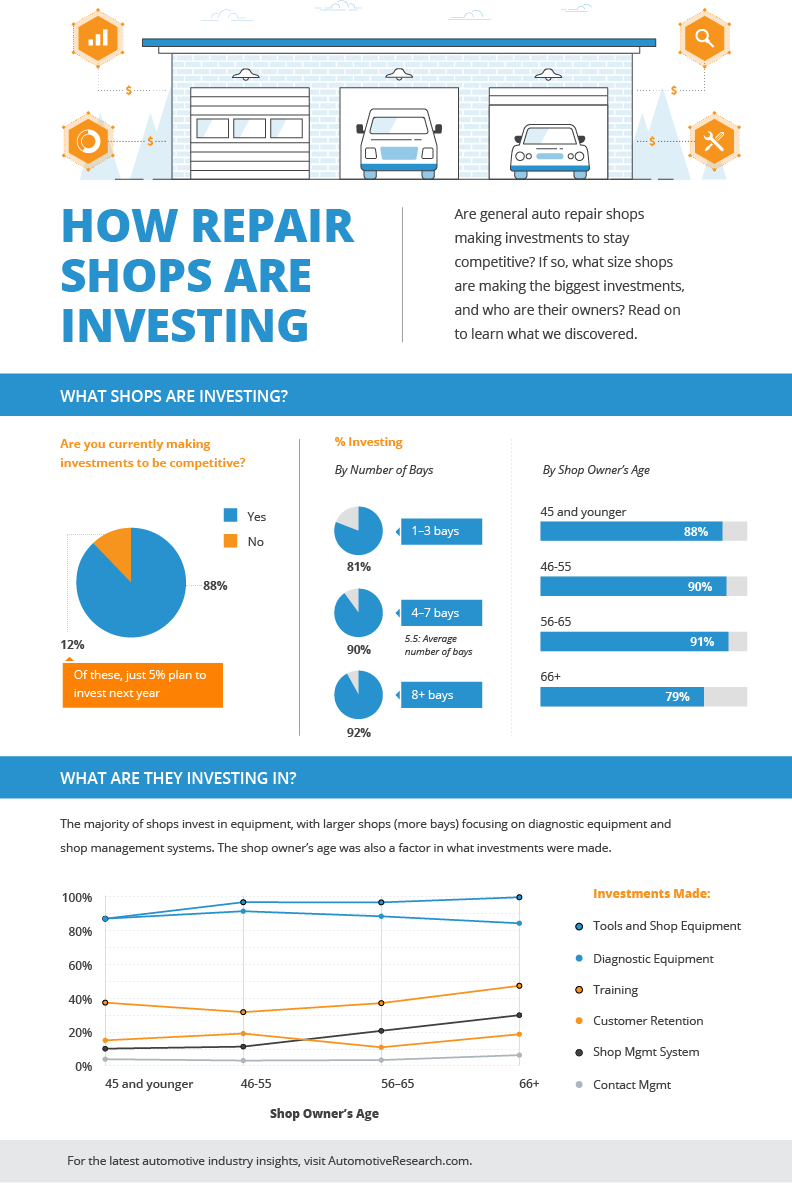Examining Your Car'S Caution Indicators: What They Truly Communicate
Examining Your Car'S Caution Indicators: What They Truly Communicate
Blog Article
Material By-Termansen Forbes
When you're behind the wheel, those radiant caution lights on your dashboard can be a bit difficult. Do you recognize what they're trying to inform you concerning your cars and truck's health? Comprehending the value of these lights is important for your safety and security and the durability of your vehicle. So, the following time among those lights appears, wouldn't you want to decipher its message precisely and take the needed steps to resolve it?
Common Caution Lights and Interpretations
Determine typical caution lights in your auto and comprehend their significances to make certain secure driving.
The most regular caution lights include the check engine light, which signifies concerns with the engine or emissions system. If this light comes on, it's crucial to have your automobile examined without delay.
The oil stress advising light suggests reduced oil pressure, calling for instant interest to prevent engine damages.
A flashing battery light could recommend a damaged charging system, possibly leaving you stranded otherwise dealt with.
The tire pressure surveillance system (TPMS) light signals you to low tire stress, affecting automobile stability and fuel performance. Overlooking this could lead to harmful driving problems.
The abdominal muscle light shows a trouble with the anti-lock stopping system, compromising your capacity to quit quickly in emergency situations.
Finally, the coolant temperature cautioning light warns of engine getting too hot, which can cause severe damage if not settled quickly.
Comprehending these typical warning lights will aid you deal with issues immediately and maintain secure driving problems.
Significance of Prompt Interest
Understanding the typical warning lights in your car is only the primary step; the value of promptly attending to these warnings can't be emphasized enough to guarantee your safety when traveling.
When a warning light brightens on your control panel, it's your auto's way of communicating a possible concern that requires focus. Neglecting these cautions can bring about more severe troubles later on, jeopardizing your safety and potentially costing you extra out of commission.
Prompt interest to warning lights can protect against failures and crashes. For example, a flashing check engine light can suggest a misfire that, if left neglected, could trigger damage to the catalytic converter. Addressing this promptly can save you from a pricey fixing.
Likewise, a brake system cautioning light may signify reduced brake liquid or worn brake pads, vital parts for your safety when driving.
Do It Yourself Troubleshooting Tips
If you see a warning light on your control panel, there are a couple of do it yourself repairing ideas you can attempt prior to looking for specialist aid.
The initial step is to consult your car's guidebook to understand what the specific caution light indicates. In some cases the concern can be as basic as a loose gas cap causing the check engine light. Tightening the gas cap might resolve the trouble.
One more usual concern is a reduced battery, which can activate various warning lights. Examining car polishing near me for deterioration and ensuring they're secure could deal with the issue.
If a warning light continues, you can attempt resetting it by detaching the vehicle's battery for a few mins and after that reconnecting it. Furthermore, checking your automobile's liquid degrees, such as oil, coolant, and brake fluid, can aid troubleshoot warning lights related to these systems.
https://paultan.org/2022/03/25/proton-spare-parts-shortage-fix-fast-moving-and-accident-repair-parts-to-be-stocked-up-by-end-of-june/ , understanding your vehicle's caution lights is crucial for keeping your lorry running smoothly and securely. By immediately dealing with please click the up coming article and recognizing what they indicate, you can prevent costly repair work and possible breakdowns.
Keep in mind to consult your car's handbook for particular information on each alerting light and do something about it as necessary to guarantee a hassle-free driving experience.
Remain educated, remain safe when traveling!
